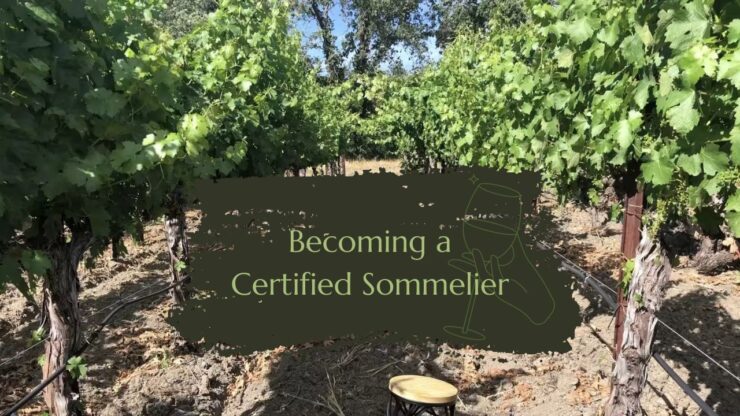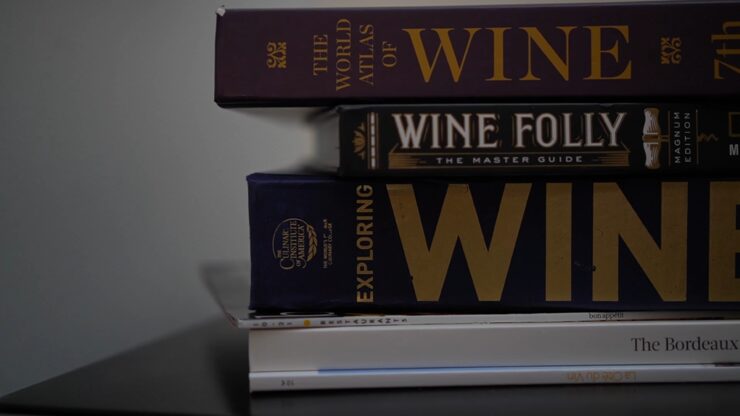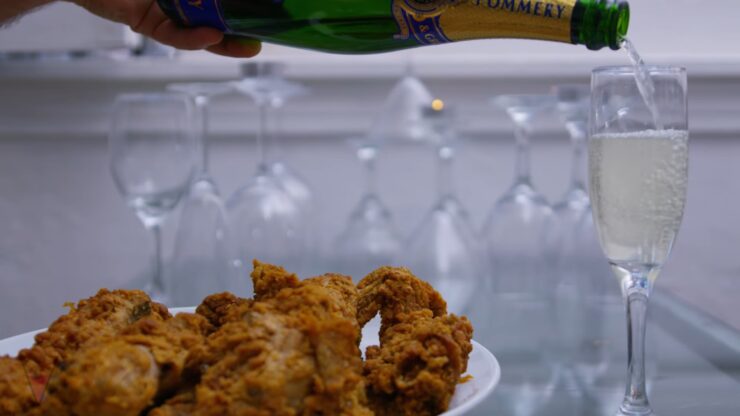
Embarking on the journey to become a certified sommelier often evokes the image of opening a finely aged bottle of wine: intricate, exhilarating, and laden with layers of tantalizing complexity. Sommeliers are not simply wine enthusiasts; they’re ambassadors of the vinous universe, orchestrating an unforgettable symphony of flavors, fragrances, and stories from around the world.
The quest to join this exclusive cadre is a voyage of sensory exploration, cultural discovery, and unending learning. It takes a lot to become a part of this elite group and call yourself a true wine expert. If you are further interested in this after our article here, check out somm.us.
Understanding the Role of a Certified Sommelier
The symphony of wine begins with its maestro—the sommelier. Being a sommelier goes beyond simply knowing about wines; it involves fostering an atmosphere of discovery and enjoyment for patrons. Sommeliers serve as educators, advisors, and storytellers, blending their intricate knowledge with superior customer service. They deftly match wines with dishes, considering factors like ingredients, cooking methods, and personal preferences.
Their expertise is not confined to wines alone. A certified sommelier is also well-versed in spirits, beer, sake, and even non-alcoholic beverages. They must possess a firm grasp of international drink customs and etiquette. The scope of their knowledge also extends to understanding the business aspects of wine service, such as inventory management, purchasing, and menu design.
Developing a Passion for Wine
The path to becoming a sommelier begins with a passion for wine—a deep-seated curiosity for its nuances and a desire to learn. This passion, like the grapes of a fine vintage, needs to be nurtured and grown. One should engage in regular wine-tasting sessions, exploring various styles, regions, and vintages. Reading books, attending seminars, and visiting vineyards and festivals are excellent ways to fan the flames of this fervor.
Yet, passion is not merely about consumption. It’s about appreciating the labor of love that goes into every bottle—the relentless pursuit of perfection by growers, winemakers, and cellar masters. It’s about acknowledging the cultural significance of wine in society—the role it has played across centuries and continents. This profound respect for wine and its history is the vital fuel propelling one toward the certification journey.
Building a Foundation of Knowledge
Wine knowledge is a multifaceted gem that requires systematic exploration. Beginning with the basics—like understanding labels, distinguishing between various types of wines, and familiarizing oneself with wine-related terminologies—is essential. Books, online courses, and guided tastings can provide foundational knowledge and introduce the beginner to the complex tapestry of the wine world.
However, building a solid foundation extends beyond theoretical understanding—it requires practical application. Aspiring sommeliers should hone their sensory evaluation skills, and learn to identify the key elements of wine—such as acidity, tannin, sweetness, and alcohol—and how they interplay to create balance. Understanding how climate, soil, and viticulture practices impact wine quality and style is equally critical.
Mastering the Art of Tasting
Tasting wine is an art that demands careful cultivation of one’s senses. Developing a sommelier’s palate involves more than discerning sweet from dry or red from white. It’s about being able to identify subtle flavors, detect structural elements, and assess the quality and potential for aging. Mastering this art is a voyage of sensory discovery, leading one to savor wines in a whole new light.
Equally important is the ability to communicate tasting notes effectively. Certified sommelier needs to convey their assessments in a way that is informative, accessible, and engaging to all types of patrons. Moreover, they must learn to articulate the ‘why’ behind their judgments, linking sensory observations to viticultural and winemaking practices.
Exploring the Major Wine Regions
To fully appreciate wine, one must delve into its terroir—the environment where the grapes grow, including factors such as soil, climate, and topography. Each major wine region, from Bordeaux to Barossa, offers its unique expression of terroir, which shapes the characteristics and style of its wines. An in-depth exploration of these regions helps unravel the diverse tapestry of wine.
Learning about a region isn’t just about understanding its geographical and climatic aspects. It also involves appreciating its history, winemaking traditions, and legislation. Understanding the regional wine classification systems, recognizing the typical grape varieties and wine styles, and appreciating the food culture is crucial to get a comprehensive picture.
Understanding Grape Varieties and Styles
Wine styles are as diverse and complex as the grape varieties they’re made from. A certified sommelier must comprehend the multitude of grape varieties, both popular and lesser-known, that are grown worldwide. Understanding their typical characteristics, how they respond to different climates and soils, and the styles they produce is an integral part of sommelier education.
On the other hand, appreciating the styles is about acknowledging the broad spectrum of wine, from light and refreshing to rich and full-bodied, from bone-dry to lusciously sweet. It also involves understanding the influence of winemaking techniques, such as fermentation practices, the use of oak, and aging on lees, on the final product.
The Science of Production
The craft of winemaking is a beautiful marriage of science and art. From the vineyard to the cellar, numerous decisions and techniques influence the creation of wine. The future sommelier must learn about viticultural practices, like pruning and canopy management, that affect grape quality and yield. They should understand the science of fermentation—the magical transformation of grape juice into wine.
Comprehending the various stages of winemaking, such as maceration, malolactic fermentation, and blending, is crucial. Knowledge about how different winemaking choices can influence the style, flavor profile, and aging potential is invaluable. By studying the science of production, one gains a profound appreciation for the effort and expertise that goes into every bottle.
Food Pairing Techniques
Food and wine, when artfully paired, have the power to elevate each other to sublime new heights. A certified sommelier is a master of this delicate dance. Understanding the principles of wine and food pairing, such as matching weight with weight, contrasting and complementing flavors, and considering the impact of cooking methods, is fundamental.
A sommelier must consider cultural traditions and regional food and wine pairings. These time-tested combinations often provide valuable insights into the harmony of flavors. Sommeliers should also be attuned to personal preferences and dietary restrictions of their patrons, and be able to make appropriate suggestions.
Summary
The path to becoming a certified sommelier is a journey steeped in learning, tasting and a deep appreciation for wine and its myriad complexities. Like a good wine, this journey matures over time, developing depth and richness with each new layer of knowledge and experience. Aspiring sommeliers are not merely students of wine; they are custodians of global heritage, advocates of culture, and guides to a world of sensory delight. So, here’s to the journey and the joy of discovery that lies within every bottle. Cheers!



